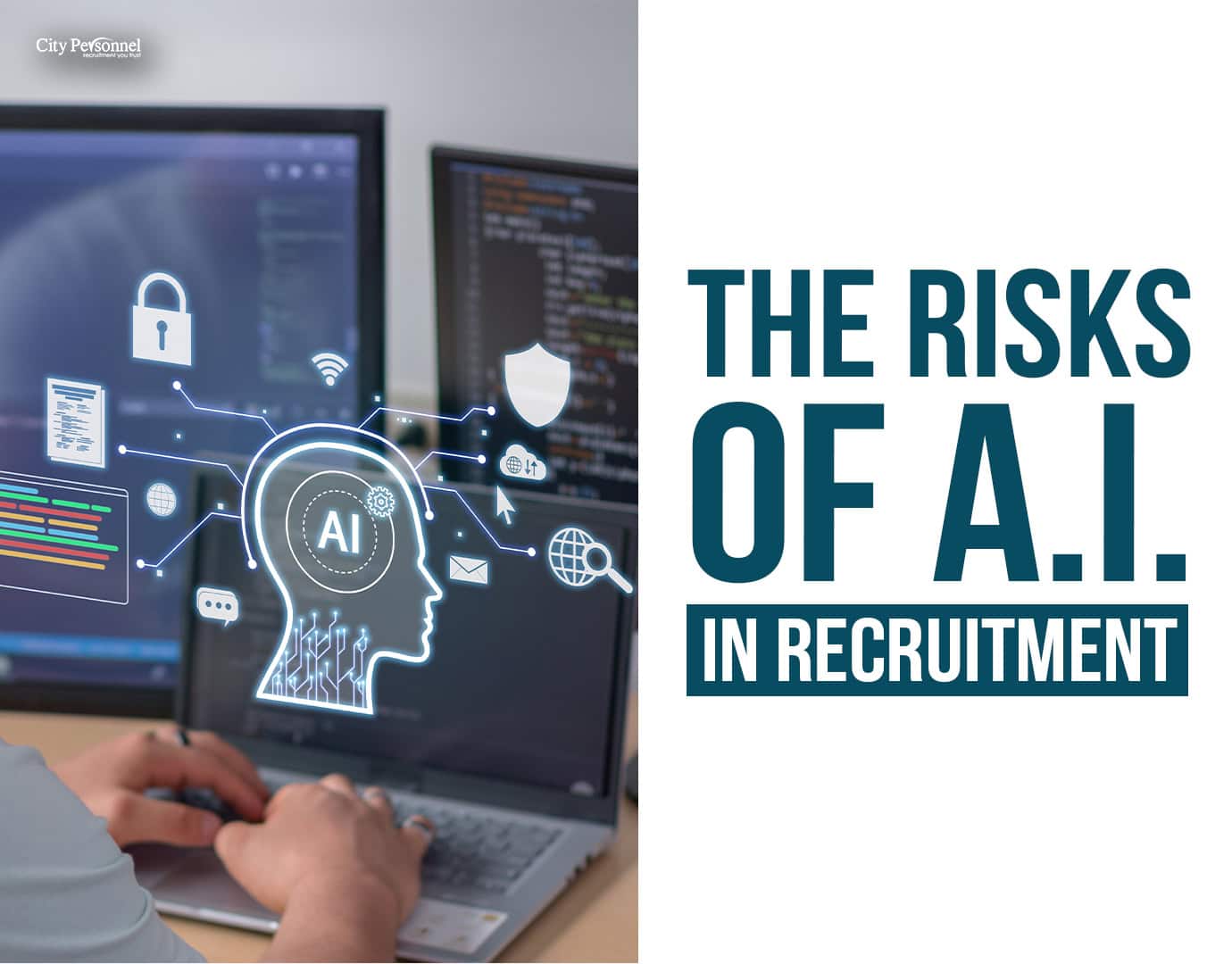The modern workplace is becoming increasingly dynamic, and hot desking is a concept that is gaining traction as an efficient way to accommodate the changing needs of businesses. If you are unfamiliar with the concept of hot desking, you are not alone. Hot desking is a new concept that was introduced during the pandemic to reduce costs. So, what is hot desking, and why is it so popular?
What is Hot Desking?
Hot desking is a modern office setup where employees do not have assigned desks or cubicles. Instead, they choose where to sit and work each day on a first-come, first-served basis. This concept is particularly popular in flexible workspaces and co-working environments.
Hot desking is a great way to foster collaboration and creativity, as it encourages employees to interact and work together. It also allows for high levels of flexibility, as employees can easily move around the workspace to find a suitable spot for their work. Hot desking is an efficient and cost-effective way to make the most out of the workplace and is quickly becoming the future of the workplace.
The Pros and Cons of Hot Desking
Overall, hot desking can be a great way to reduce costs and create a more dynamic working environment. However, it is important to consider both the pros and cons before implementing this system in the workplace. Here are some of the main points:
Pros of Hot Desking
Cost-Effective: Hot desking can save money as it reduces the amount of office space needed. This is especially beneficial for companies with a high percentage of remote or part-time workers.
Promotes Collaboration: By allowing employees to sit in different areas, hot desking can encourage interaction and collaboration between teams that might not usually work together.
Flexible and Adaptable: Hot desking suits mobile and remote workers, offering a flexible workspace when they need to be in the office.
More Social Culture: The change in seating arrangements can foster a more social, community-driven culture within the workplace.
Efficient Space Utilization: Hot desking improves space utilization, making the most of available square footage.
Cons of Hot Desking
Potential for Disruption: Changing workspaces can disrupt work routines and concentration levels, impacting productivity.
Increased Distractions: The lack of a permanent workspace could lead to higher levels of noise and distractions.
Loss of Personal Space: Some employees may feel a lack of ownership or personalization over their workspace, affecting their comfort and job satisfaction.
Possibility of Resistance: Change can be difficult, and some employees may resist altering their familiar work routine.
Health and Safety Concerns: Shared workspaces can pose hygiene challenges, particularly during cold and flu season or pandemics like COVID-19.
Tips for Creating a Successful Hot Desking Environment
Creating a successful hot desking environment requires careful planning and implementation. Here are some tips to help you make the most of this flexible workspace strategy:
Clear Communication: Make sure everyone understands how hot desking works, the benefits it offers, and the expectations for using shared spaces. This will prevent confusion and encourage buy-in.
Provide Necessary Resources: Ensure that all workstations are equipped with necessary resources like power outlets, comfortable chairs, and access to printers or other shared equipment.
Implement a Booking System: Consider using a desk booking system or app. This allows employees to reserve a desk in advance, reducing potential conflicts and making the process smoother.
Encourage Cleanliness: Implement a clean-desk policy where employees are required to clear their workspace at the end of each day. This keeps desks available and tidy for the next person.
Design for Different Needs: Not all employees work the same way. Some might need a quiet space, while others thrive in a collaborative environment. Try to provide a variety of workspaces to cater to different working styles.
Consider Storage Solutions: Without a permanent desk, employees need somewhere to store their personal items. Providing lockers or storage spaces can solve this issue.
Invest in Technology: Make use of technology to streamline the hot desking process. This may include cloud solutions for file sharing, collaboration tools for remote communication, and mobile apps for desk booking.
Regularly Gather Feedback: Regularly check in with your employees to understand their experiences with hot desking. Use this feedback to make necessary adjustments and improvements.
Ensure IT Support: With employees moving around, there may be increased demand for IT support. Make sure your IT team is prepared to handle any technical issues that arise.
Trial and Error: Be prepared to adjust your strategy as needed. What works for one organization might not work for another, so don’t be afraid to experiment and find what works best for your team.
Remember, the key to a successful hot desking environment is flexibility and open communication. By considering the needs and preferences of your employees, you can create a healthy workspace culture that’s efficient, productive, and comfortable for everyone.
In conclusion, hot desking is a growing trend in the workplace that has both pros and cons. It has the potential to increase employee productivity and performance, but it must be implemented and managed carefully. By creating a successful hot desking environment, employers can reap the benefits of this innovative work style while keeping their employees engaged and productive. Hot desking is the future of the workplace, and by understanding how to implement and manage it effectively, employers can create a more productive and efficient workplace.







